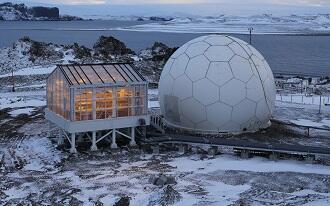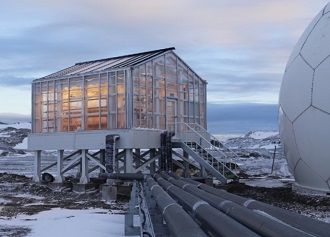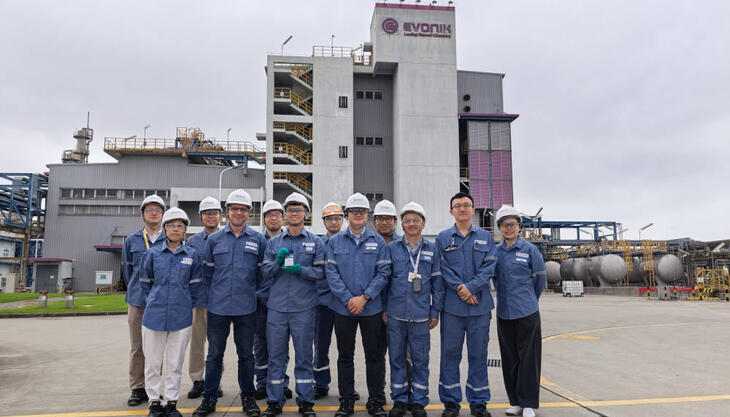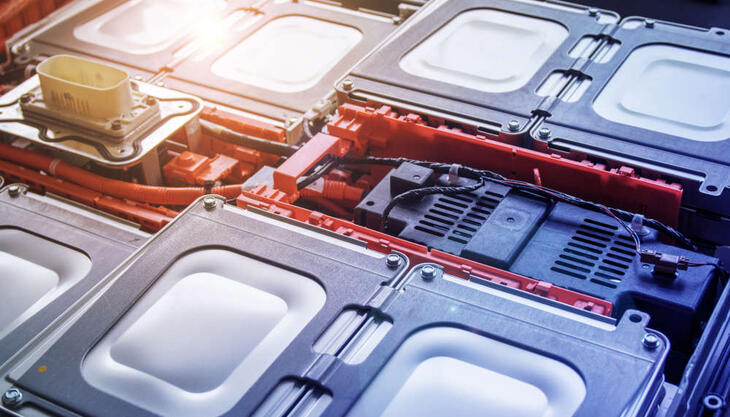A greenhouse for extreme conditions

Experts at the United Nations estimate that food production will need to be increased by 70% by the second half of the century. But how? “Indoor farming” is one solution. According to this concept, food is planted where it is needed - for example in the city centre, or on King George Island in the middle of Antarctica.
Since 2015, tomatoes, cucumbers, bell peppers, salad and various herbs have been grown under the harshest climatic conditions in a greenhouse made from PMMA Plexiglas Alltop near the Chinese Great Wall Station research station. This reduces the number of supply flights the crew needs from the mainland. The greenhouse must be able to handle extreme cold and strong winds while also allowing vegetables to ripen despite the limited solar energy. The Polar Research Institute of China and Shanghai Dushi Green Engineering worked on this meticulously for two years. “Of all the materials we tested, Plexiglas Alltop was best suited as the roofing material for the greenhouse in these extreme weather conditions,” said Le Lu, an engineer at Shanghai Dushi who was involved with building the greenhouse at the Great Wall Station.
Enough light for growth
One of the greatest challenges the team faced in building the greenhouse was ensuring that the plants receive enough sunlight to grow. Although the sun shines nearly all day on King George Island during the southern summer, the radiant energy that reaches Antarctica is very low even during its summer season. The reason for this is the “obliquity of the ecliptic” - the 23.5-degree angle of the Earth’s axis to the plane of the plant’s orbit of the sun. This means that solar rays near the pole hit the ground at a very small angle, and are correspondingly weak. The greenhouse therefore had to be made from a material that is easily penetrated by the rays essential for the plants. After all, as a rule of thumb for planting vegetables, one percent more light results in one percent more plant growth.
With its high light transmission of 91%, Plexiglass Alltop, Evonik’s branded acrylic class for greenhouses, guarantees that the plants receive enough natural sunlight. 16-millimeter-thick multi-skin sheets, of which 600 square meters were used, enable good insulation and UV transparency, so that the plants can grow under the most natural conditions possible. In addition, the material exhibits no visible yellowing even after 30 years. Its maximum light transmission is maintained and the material is especially long-lasting.
 Equipped for force 10 storms
Equipped for force 10 storms


















